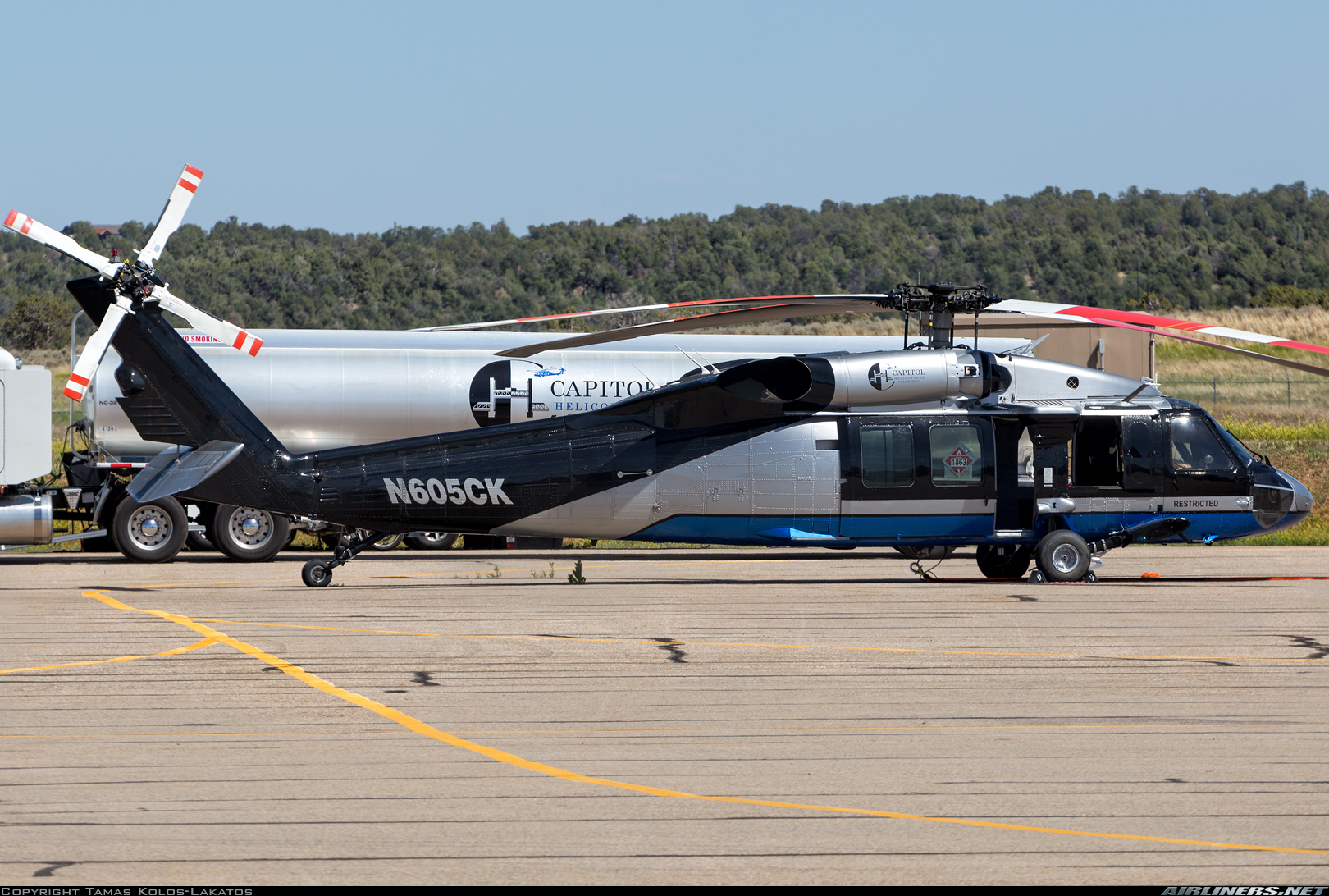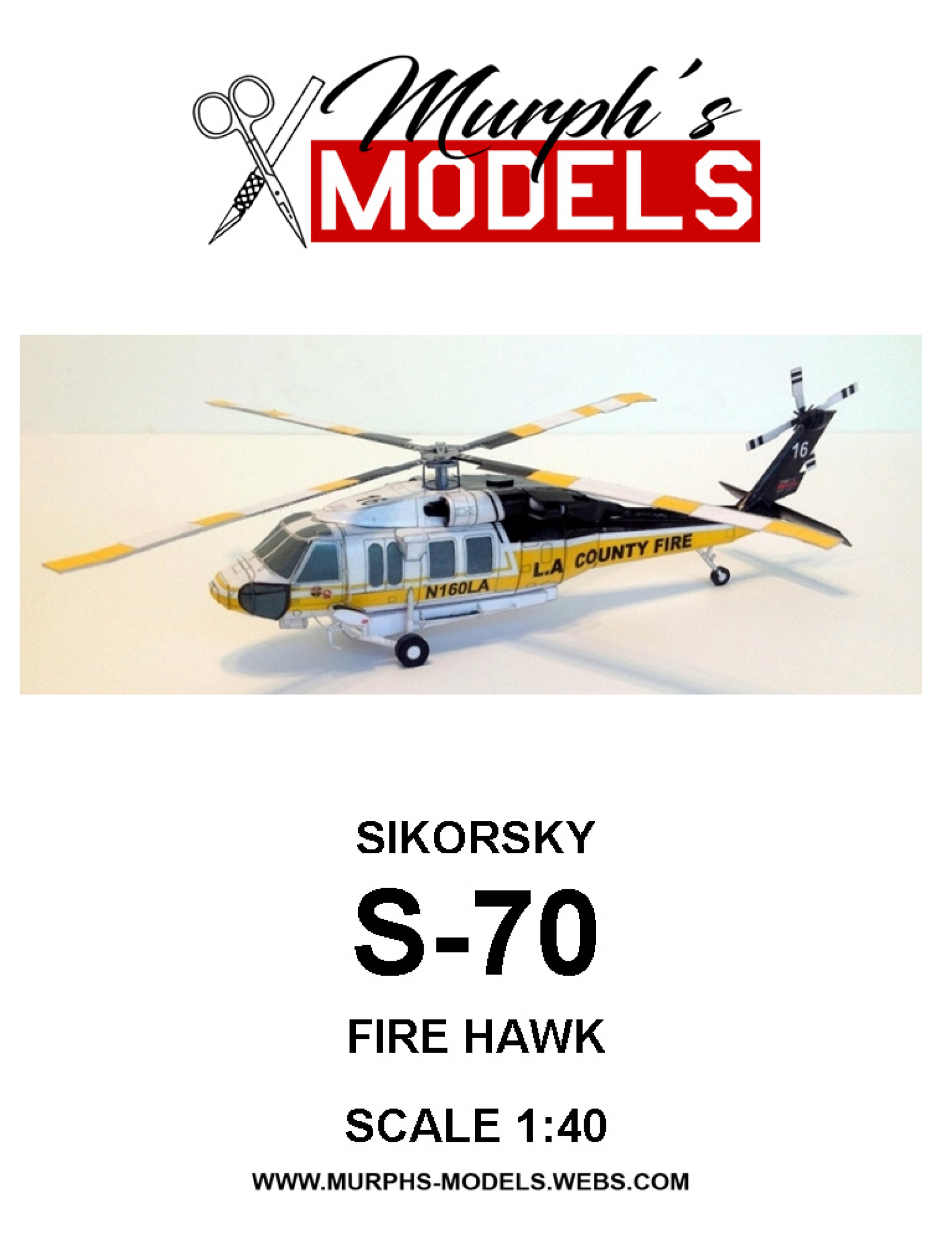Why the Sikorsky S 70 is the Preferred Selection for Modern Helicopter Missions
Why the Sikorsky S 70 is the Preferred Selection for Modern Helicopter Missions
Blog Article
Rotary-Wing Aircraft Offering Superior Toughness and Accuracy Design
In the world of aviation, rotary-wing airplane have long been recognized for their distinct capacities in numerous operational atmospheres. From military objectives to private applications, the advancement of rotary-wing innovation has led the way for makers that provide unrivaled longevity and precision engineering. With advancements in products and building and construction techniques, paired with sophisticated trip control systems, these aircraft have come to be crucial tools for tasks that demand both effectiveness and precision. As we explore the detailed equilibrium in between technology and reliability in rotary-wing airplane, it comes to be evident that the convergence of cutting-edge modern technology and tested layout principles has established a new criterion for performance and performance in the aerospace market.
Evolution of Rotary-Wing Innovation
Throughout the background of air travel, the development of rotary-wing innovation has been a testimony to continuous development and development in aeronautical engineering. From the very early days of vertical flight with fundamental designs to the innovative helicopters and other rotary-wing aircraft of today, the progression in this field has been exceptional.
In the very early 1900s, leaders like Igor Sikorsky and Juan de la Cierva made considerable strides in rotary-wing modern technology. Sikorsky's VS-300 helicopter, very first flown in 1939, marked a turning point in the growth of practical rotary-wing airplane. This success paved the method for further advancements in upright flight capacities.

Today, rotary-wing aircraft play vital duties in various sectors, consisting of military procedures, emergency medical solutions, regulation enforcement, and commercial transportation. The advancement of rotary-wing technology remains to push the boundaries of what is possible in upright trip, making certain that these aircraft remain essential properties in the aviation market.
Products and Construction Innovations
Showing a fusion of advanced products and specific building methods, rotary-wing aircraft have undergone considerable advancements in longevity and performance. Among the essential technologies in materials utilized for rotary-wing airplane is the raising application of composite materials. These materials, such as carbon fiber reinforced polymers, use a high strength-to-weight proportion, improving both the architectural honesty and general performance of the airplane. Furthermore, developments in manufacturing processes have actually enabled for even more exact and intricate building and construction of rotary-wing components, adding to boosted the rules of aerodynamics and efficiency.
Furthermore, the combination of innovative coverings and surface therapies has played an essential function in boosting the durability of rotary-wing aircraft. These finishes offer defense against rust, abrasion, and severe weather, expanding the lifespan of the aircraft and lowering upkeep requirements.
In terms of construction technologies, additive production, additionally referred to as 3D printing, has actually reinvented the production of facility elements for rotary-wing aircraft. This innovation enables for quick prototyping and customization, leading to much faster growth cycles and minimized prices. Overall, the continual evolution of materials and construction techniques is driving the abilities and performance of why not try here rotary-wing aircraft to brand-new heights.
Accuracy Flight Control Solution

The assimilation of GPS innovation further boosts the precision and dependability of these systems, permitting specific navigation, waypoint tracking, and automated trip control. sikorsky s 70. This degree of accuracy not just enhances the safety of rotary-wing operations but likewise boosts total functional effectiveness and objective efficiency
Furthermore, the continual improvements in man-made intelligence and artificial intelligence have helped with the development of independent trip abilities within Precision Trip Control Systems. This makes it possible for rotary-wing aircraft to do complicated missions with unequaled accuracy and consistency, making them indispensable assets in a large range of applications, consisting of army procedures, search and rescue objectives, and aerial photography.
Toughness in Challenging Settings
In requiring functional setups, rotary-wing airplane show outstanding strength and robustness, making certain optimal performance under difficult ecological conditions. These airplanes are designed to endure a vast array of environmental factors, consisting of severe temperatures, high winds, and rough terrain, making them fit for various missions in diverse landscapes.
One crucial variable contributing to the sturdiness of rotary-wing aircraft is their rugged building and look at this site construction. These aircraft are built making use of top notch products and progressed engineering methods to boost their architectural stability and dependability. Furthermore, components such as rotor blades, engine systems, and touchdown equipment are carefully made to stand up to the strains and anxieties come across during operations in challenging settings.
Additionally, rotary-wing airplane are geared up with sophisticated onboard systems that keep an eye on efficiency metrics in real-time, allowing for positive upkeep and early detection of possible problems - sikorsky s 70. This aggressive strategy aids avoid unexpected failings and makes sure the ongoing airworthiness of the aircraft popular functional settings. Overall, the sturdiness of rotary-wing airplane in tough environments is a testimony to their premium design and layout, making them indispensable possessions for different mission-critical procedures
Maintenance and Reliability Criteria
The adherence to rigid upkeep and dependability criteria is extremely important in making sure the optimum efficiency and safety and security of rotary-wing aircraft. Routine upkeep checks, performed by qualified service technicians, are important to recognize and deal with any type of prospective problems prior to they jeopardize the airplane's performance. These checks include a thorough exam of all vital parts, including the engine, blades system, avionics, and hydraulic systems, to guarantee that they are in prime functioning condition.
Furthermore, adherence to arranged maintenance intervals according to producer guidelines is vital for promoting the airplane's reliability. This aggressive approach helps protect against unexpected breakdowns and ensures that the aircraft stays airworthy for its intended objectives. In addition, the implementation of durable integrity standards, such as regular component testing and replacement based upon predetermined lifecycles, additionally boosts the aircraft's dependability.
Final Thought

Finally, the innovations in rotary-wing airplane see post innovation have actually led to remarkable durability and accuracy design. With cutting-edge products and building and construction methods, together with precision trip control systems, these airplane can operate in tough atmospheres with raised dependability. The maintenance and integrity criteria make sure that these rotary-wing airplane remain to do at their best, making them necessary possessions for different sectors.
Showing a fusion of advanced materials and accurate building techniques, rotary-wing airplane have actually undertaken significant advancements in toughness and efficiency. One of the key technologies in materials utilized for rotary-wing airplane is the enhancing use of composite products.With meticulous attention to information and progressed technological assimilation, rotary-wing airplane have accepted Accuracy Flight Control Solution as a cornerstone of their functional quality. Generally, the sturdiness of rotary-wing airplane in tough atmospheres is a testament to their exceptional engineering and design, making them important properties for different mission-critical procedures.
In conclusion, the improvements in rotary-wing airplane modern technology have actually led to remarkable durability and accuracy design.
Report this page